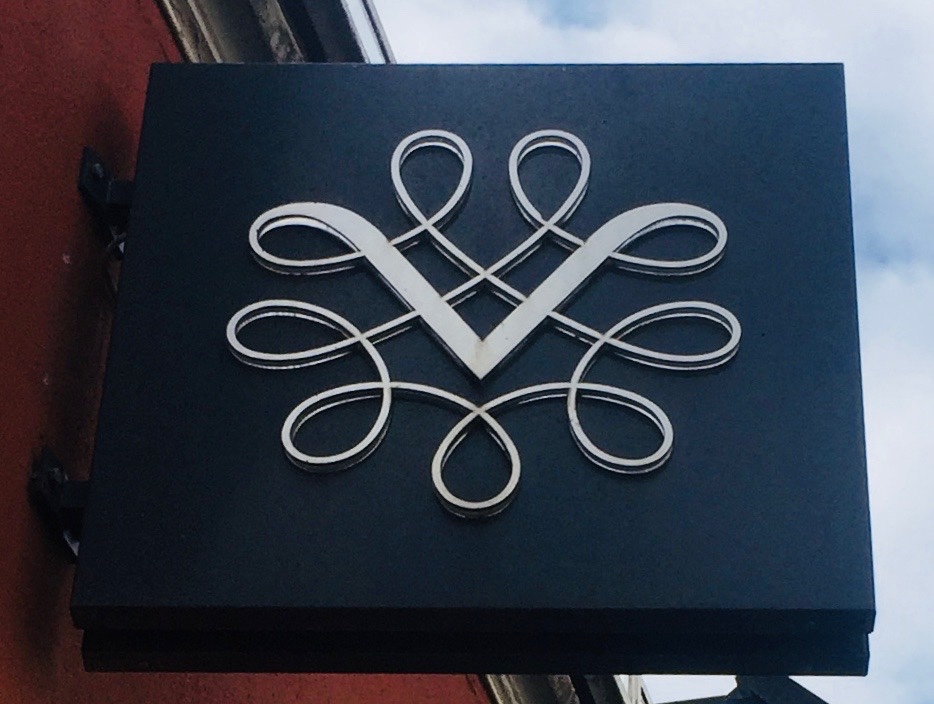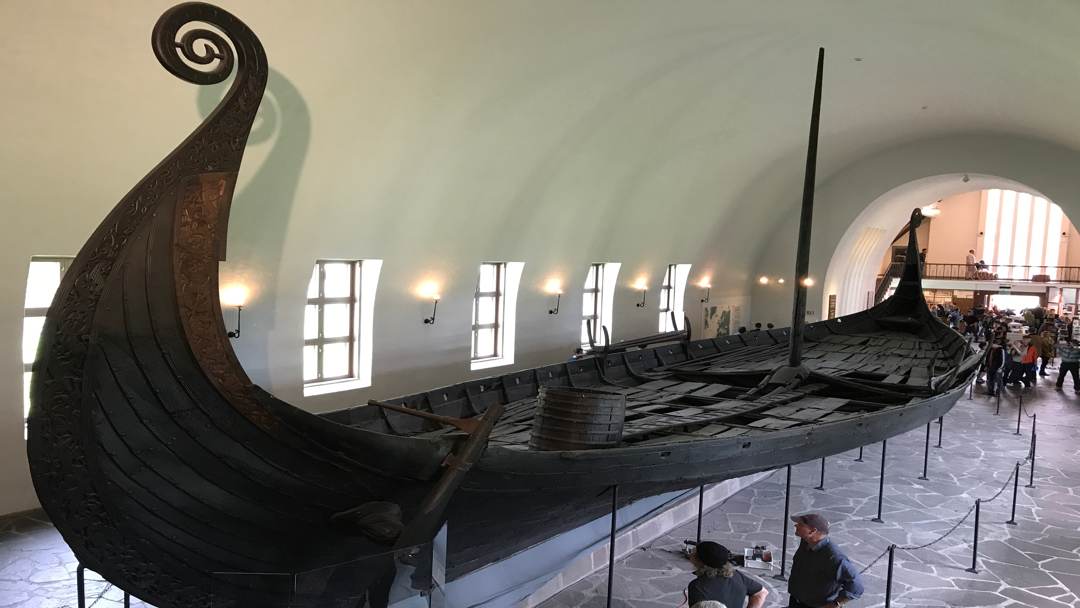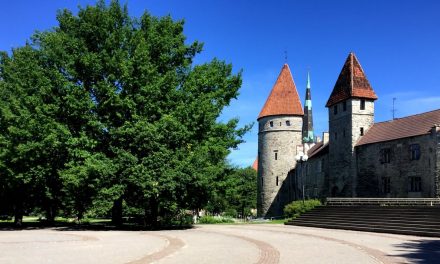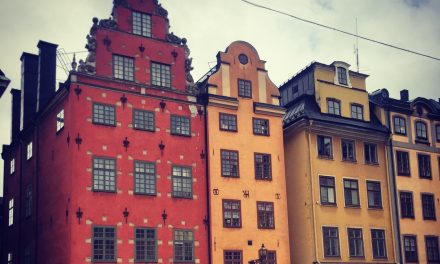Our Oslo, Norway Travel Guide will give you information and travel tips for travelling in Oslo. As with other Scandinavian destinations, such as Sweden, Norway is reknowned amongst travellers as an expensive destination; our Travel Guide will give you information to help you stick to your budget.
The Kingdom of Norway is a Scandinavian country, located in the north of the European continent, it is famous for it’s natural environment, mountains, fjords and of course, Vikings. It shares borders with Sweden, Finland and Russia.
The capital city, Oslo is located on the head of the Oslofjord and is famed for it’s green spaces and museums.
We had a short stay in the capital Oslo, which you can read about in our Traveller’s Tales. Norway is certainly a destination we will revisit, hopefully to see the Aurora Borealis or Northern Lights.
You can click on the links contained within this post to get more information.
Getting there
Plane
All major and European based budget airlines have regular flights to Norway. We choose to use Skyscanner when booking flights, although we did not fly to Oslo on our recent trip.
Norwegian is now one of the leading budget airlines in Europe and has flights to multiple destinations in Europe and the UK.
Train
As you can read in our Travel Tales, using train transport in the Scandinavian region is efficient, affordable and a pleasure.
Tickets can be purchased at the station and online, there is also an NSB app.
We purchased tickets on line the day prior to travelling, the 2nd class seats were very comfortable, wifi on the train was good and there is a dining car available. Although we would recommend bringing your own food, it is not a budget option to eat on the train.
Bus
There are multiple bus routes from across Europe travelling on a daily basis to Oslo and other Norwegian destinations. We have found the GoEuro website useful for finding bus routes and ticket prices, however we have not booked tickets through this site, as we prefer to go direct to our chosen bus company.
Flixbus is the budget bus company operating across Europe but be aware it is a budget service and we have had a couple of average experiences on their routes.
Boat
There are a number of ferry services to Oslo, which can be reached by ferry all year round. The VisitOslo website has more details and links to ferry companies.
The VisitOslo website also has details for Guest harbours for the intrepid sailors.
currency
Whilst Norway is a member country of the EU it does not utilise the Euro as it’s currency. The currency is the Norwegian Krone (NOK), pronounced in English as Crown.
As usual we recommend that you use an up to date currency conversion App on your phone. We prefer xe.com which is a freely available App for Apple and Android.
Getting Around
Public transport in Oslo is an efficient and relatively cheap way to see the city. The public transport system includes metro trains, trams, buses, ferries and local trains.
Tickets can be purchased on the bus or tram but they COST more than pre purchased tickets.
Pre purchased tickets can be obtained at Narvesen and 7-Eleven shops, as well as at train stations and metro ticket machines, located within the stations.
The online ticketing system is called RuterBillett and is best used as an App on your phone. It is easy to use and available for Apple and Android. Tickets are purchased and validated on this system.
There is also the RuterReise app for trip planning and timetables.
The website and the app detail ticket prices and zones. To see most of the attractions in Oslo city you will only need a Zone 1 ticket. The entire Metro system is within Zone 1.
A 24 hour pass for an adult is 90Kr ($14 AUD).
Uber is available as an option in Oslo, although as with some other cities around the world, it is a little controversial and it is not a budget option. We found no need of this service as the public transportation is so efficient.
There are a number of taxi services available in Oslo, again it is not a budget travel option. However it is worth noting that there is a fixed price for trips to the Oslo airport from the city centre.
accomodation
We chose to use AirBnB whilst staying in Oslo and there were many options available to us. We found this to be a good budget option, as we could cook our own meals and have a bottle of wine if we chose without paying exorbitant prices in bars and restaurants.
There is a range of accomodation styles available from budget hostels, upmarket hotels, camping and guest boat harbours. The VisitOslo website details all types of accomodation and has links to booking sites.
If you are using AirBnB for the first time, you can use our link to get a discount and we do too!
food and drinks
As with other Scandinavian countries the Norwegian government regulates the sale of alcohol, meaning that the price is relatively high. If you want to purchase any beverage, with an acohol content greater than 4.75%, you will need to find the Vinmonopolet.
The Vinmonopolet’s have regulated opening hours and usually close at 18:00 hours on weekdays and 15:00 hours on Saturday.
You will need to know the tell tale signs of a Vinmonopolet nearby, see below. Or you could take the healthy option and not drink alcohol whilst travelling in Norway.

This sign will be incredibly important to you if you are on a budget, as we payed 100Kr ($AUD 16) for 2 small glasses of beer in the Grunnerlokka area.
As we have previously written, cooking and preparing meals at home is a great budget option for travellers.
However Oslo has a secret food option for the budget traveller, kebab and pizza shops located near the river and metro station in Gronland. We recommend the father and son run, Asia Kebab Grill og Pizzahaus. The lamb gyros, is huge (enough for 2 people) and is loaded with salad. We would also recommend getting both the garlic and chilli sauce, if you like it hot! This cost us 75Kr ($AUD 12), a pretty reasonable price for a meal for 2.
Oslo has been struck by the food truck trend and all over the city you can find good quality food at a fraction of the cafe or restaurant price. There is even an App you can use to locate your favourite Food Truck, called StreetKaK, which can be used in Sweden, Finland and Denmark. You can also check out the Facebook page.
Ian continued his world wide sausage exploration at the Sausage Factory, get one with the lot!
Shopping in the supermarket for food items was comparable with Australian prices, however red meat was expensive. We would recommend eating local foodstuffs whilst travelling, this can reduce costs.
Language
There are a number of languages spoken in Norway, the most common and official language is Norwegian. According to a recent survey 4.5 million of the 5.1 million population are proficient in English, but that is no reason to not know a few words in the local language. It is only polite to try!
Hello- Hei
Goodbye- Farvel
Please-Var sa snill
Thank you-Takk
I would like two (insert words here), please- Jeg vil gjerne ha to (insert word here), vaer sa snil
We always download the language for any country to the GoogleTranslate app before we arrive. You can then use the app offline and it is super handy in the supermarket when you are not sure what a product is.
healthcare
If you are a resident of the EU/EEA you should always travel with your European Health Insurance Card (EHIC) with you, this will entitle you to public health care in Norway whilst you are visiting.
If you are a resident of Australia, the Australian and Norwegian governments have a Reciprocal Healthcare Agreement, in place. You can find more information about this agreement here.
The RHCA DOES NOT replace the need for Travel Insurance.
You should always have appropriate and current Travel Insurance.
customs and traditions
Norway, as with the other Scandinavian countries is largely a tolerant and polite society. They generally respect the rules of the land and like others to do so too (not that different to everywhere else really).
Two things to note:
- Take your shoes off when entering a Norwegian house (it does make sense given the weather outside for most of the year)
- Norwegians have a proud and distinct culture, do not just lump them in with Swedes or Danes. Apart from anything else it is rude. Do Aussies want to be called Kiwis or Irish called English?
What did we love in oslo?
- The Viking Museum
- Vigeland Sculpture Park
- The Harbour Promenade
- Grunnerlokka
- The Parks, Gardens and Sculpture throughout the city
Give it a miss
The Historical Museum
on the list for next time
- Sailing along the coast and exploring the fjords, inlets and islands
- Heading North to experience the history and culture of the Sami people
- The Aurora Borealis
If you or anyone you know find the information in the guide useful please like and share using the Social Media Buttons below.
Please rate the post using the rating stars or leave us a comment below.
If you would like to give us some feedback on this information please contact us or leave a comment below.








Norway is an amazing country to travel in. Thanks for your good guide and the photos were so beautiful.
Very informative piece for people willing to travel to Norway.I have not seen many posts about Norway till date so I will keep this article in my wishlist for reference when I visit anytime..
Hi Somnath, thanks for commenting and for saving the Travel Guide for future use. We hope you can get to Norway soon
I would love to visit Norway. It seems like such an adventurous and cool place. Bookmarking for later!!
Hi Taryn, we hope you get to travel to Norway soon. Thanks for commenting
wow this is a very helpful blog about norway. very practical information especially on how to behave there. it’s on my bucketlist to go there. thank you for sharing very helpful tips
Hi Jen, thanks for your comments. We hope you can cross Oslo off your bucket list soon.
Looks like a pretty comprehensive guide to Norway – can’t wait to go next year!
Hi Laura, thank you for commenting, we hope you find the guide useful for your trip next year. Happy Travels
A lot of useful tips guys! Vigeland Sculpture Park was also my fave place in Oslo as well as Holmenkollen (we used to be crazy about ski jumping in Poland some time ago so this place was a must for me). They have some good museums in Oslo that one can enjoy on a rainy day – we were lucky with the weather but we still went there to get to know more about the Norwegian explorers (I think especially for kids it’s interesting) and I did have the best couch surfing experience ever as the guy who we stayed at had a plane and he took us on a guided sky tour of Oslo during the golden hour!
Hi Anna, thank you for your comments. We bet the kids loved the museums and learning about the Vikings. How lucky you were to get a flight like that, it must have been awesome.
These are really useful tips, especially the one about the food truck app. I’ll certainly get to Oslo (after I clear the most urgent things on my bucket list) for the Viking Museum. Did you check out anything that was related to Edvard Munch or Edvard Grieg?
Hi Nicholas, thank you for commenting we did not get to check out much in the way of art during our stay, we have seen Munch previously and were more interested in sculpture and the history this time.
I remember doing the Viking Museum in Oslo – it was, indeed, brilliant. Excellent recommendation!
Hi Coralie, thank you for commenting. The Viking Life projection was incredible as was the rest of the museum. When were you there?
OMG OSLO! Catherine this is my sweet spot. Oslo is one of the first cities I have ever traveled too, and not by plane, not by train, not by boat, but by hitchhiking and it was quite an amazing experience. You got me to relieve some memories with your post 🙂
Hi Monica, how exciting hitch hiking, that is something I wish I could do but I fear at my age it would be more like just walking LOL. I am glad you could relieve wonderful travel memories, thank you for your comments
I was planning on going to Oslo so this post really came when I needed it! Thanks 🙂
Hi TH, we hope you love it as much as we did. Have you checked out our Travel Tales for more tips. Enjoy your trip and thanks for commenting
Shockingly I’d not thought of using Google Translate offline, and had been relying on memory, Doh! Great tips on public transport; that’s really helpful. When we return, I’m eager to head north to learn more about the Sami people too.
Hi Bernadette, your memory must be fantastic, we often find ourselves wondering which language we are saying hello in, so the offline help is really appreciated. Glad you found some useful tips. Thanks for your comments, we hope you to read about your travels to meet the Sami people soon. Happy Travels
What a lovely read! I’m planning on visiting Norway next year so this will definitely help with my trip 🙂
Hi Kirsty, thank you for commenting, we hope you love Norway too. Happy Travels
I definitely want to head to Norway! I’m heading to Iceland in two weeks and can’t wait to see the northern lights. I’m falling in love with Scandinavia.
Hi Martha, thanks for commenting. We loved Iceland and are sure you will too, it is a magical place. We hope you can see Norway soon too. Happy and safe Travels
You’ll love Iceland 100%! If you like the history of the Vikings as well, you can go to the Viking museum between the airport and Reykjavik! Loved this article 🙂 Thanks for sharing your slice of Oslo with us!
Hi Jim, thank you for your comments. We did love Iceland, although we did not get to the Viking museum there, we must put it on a list for the future. Thanks for the tip.
Yeeeees. Love Oslo! I think airbnb is awesome way to stay there, I always use this! And I will mark down the list to do’s for my next time too. 🙂
Hi Signe, thank you for commenting, Oslo is a great town. You should like our next post too.
Great post! You mentioned that you definitely plan to re-visit Norway – I feel the same! I’ve been there a couple times, and I absolutely love it.
I assumed that the food would be mostly fish and seafood, which I don’t really enjoy. But I agree with your assessment of the food – there’s a wide variety of styles (and price points!) for the various food options. I never felt hungry or lacking for great places to eat whilst I was there.
I also like that your post focuses on key words/phrases and customs. I always try to adopt some of the words and customs of places I visit – I find that doing this makes it so much easier for me to relate to people, and it makes for a better experience.
Hi Jim, thank you for commenting on our post. It is so important to try and relate to people in their own language, even if they speak English. We often feel that we get better service, when we try to order a drink or meal in the local language, especially in France and Italy.
Hi Jim, thanks for your great comments. We totally agree with trying to learn a few key phrases, we feel it is only respectful to try. We certainly hope to visit more of Norway in the future. Have you been to the North? Happy Travels
Definitely putting this on my list for when I finally get to Norway. And definitely i will include exploring the fjords
Hi, thank you for commenting, we hope you enjoy exploring Norway. Happy Travels